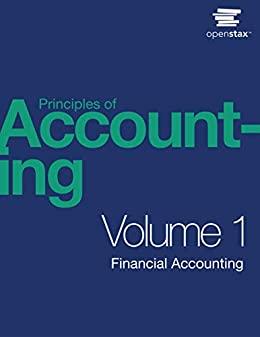1-7

Multiple Choice Select the best answer to each question. Space is provided for computations after the quantitative questions. 1. The most accurate and most widely used method for allocating support depart- ment costs is: a. the direct method. b. the step-down method. c. the reciprocal method. d none of the above. 2. (CPA adapted) Boa Corp. allocates support department overhead costs to operating departments X and Y by means of the reciprocal allocation method. Information for the current month is as follows: Support Departments Overhead costs $20.000 $10,000 Services provided to departments: 10% 20% 40% 30% 4056 100% 100% The linear equation to be used in the allocation of Department A's costs is: a. A = $20,000+ 0.20B. b. A = $10,000+ 0.10B. c. A = $10,000+ 0.20B. d. A $20,000 + 0.10B. 603 5. (CMA adapted) The Cost Accounting Standards Board's purpose is to: a. develop accounting principles and standard practices for industry. b develop uniform cost accounting standards to be used in pricing, ad- ministration, and settlement of ne- gotiated government contracts. c. work in conjunction with the Securi- ties and Exchange Commission in examining registration forms and financial statements filed by corpora- tions. d. aid the Financial Accounting Stan- dards Board in establishing account- ing standards. 6. Revenue objects include: Distribution Customers Channels a. No No b. No c. Yes No d Yes Yes 7. Under the stand-alone method, which weights better capture the benefits re- ceived by customers who purchase a bundled product? a. Selling prices and physical units b. Selling prices and unit costs c. Selling prices and stand-alone prod- uct revenues d. Stand-alone product revenues and physical units Yes 3. Bixler Manufacturing Company uses the step-down method for allocating its support department costs to operating departments. The overhead costs of support Department A are to be allo- cated first, followed by the costs of B, and then those of C. The distribution of services is: Service Support Operating Supplied By Depts. Depts. A B C X Y - 10% 50% 20% 20% 40% - 15% 30% 15% C 25% 25% - 20% 30% The percentage of B's costs that should be allocated to Y is: a. 15%. b. 33%%. c. 25%. d. none of the above. 4. Using the data in question 3. the per- centage of C's costs that should be allocated to B under the stop-down method is: a. 0% b. 20%. c. 33%%. d. none of the above









